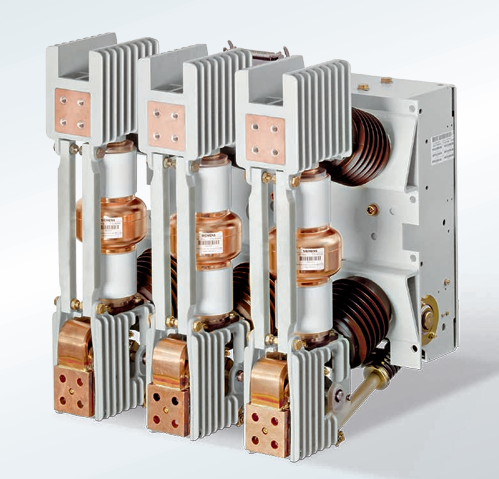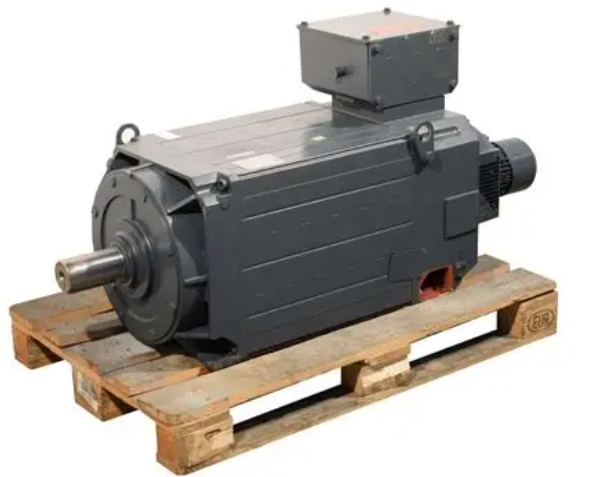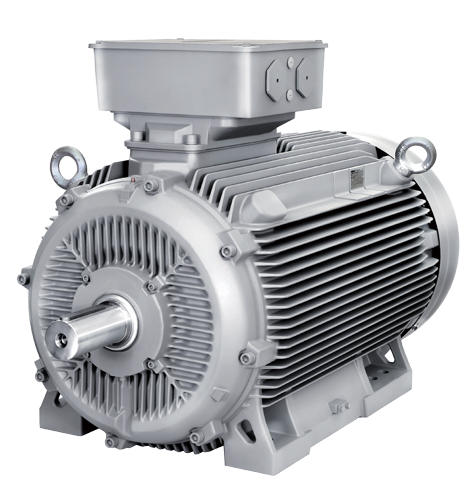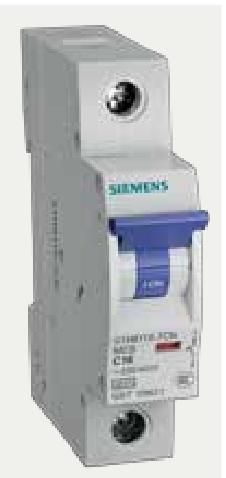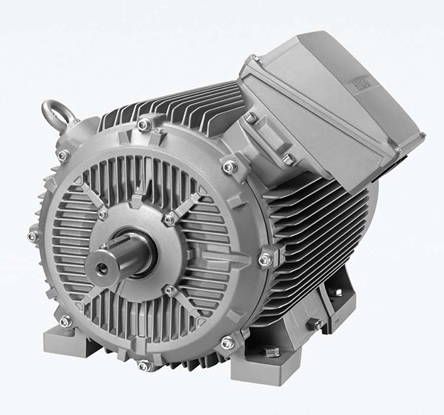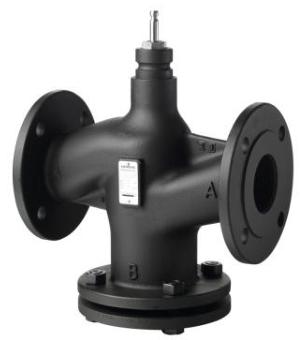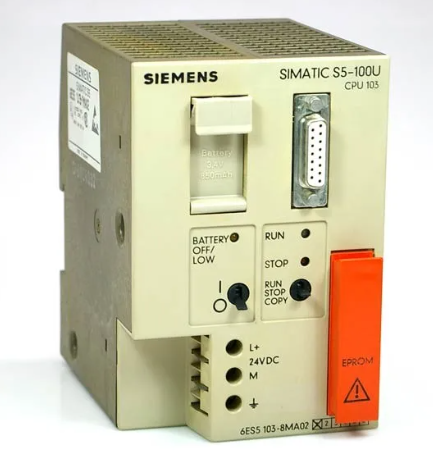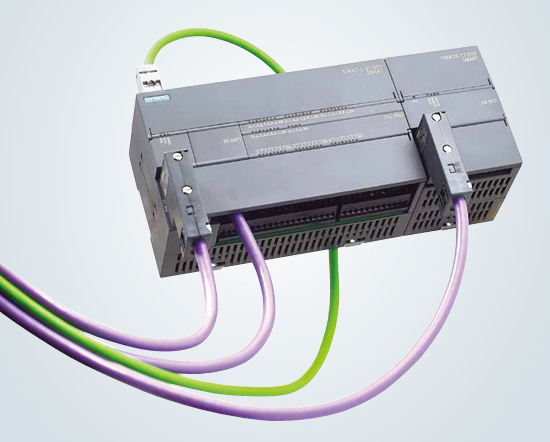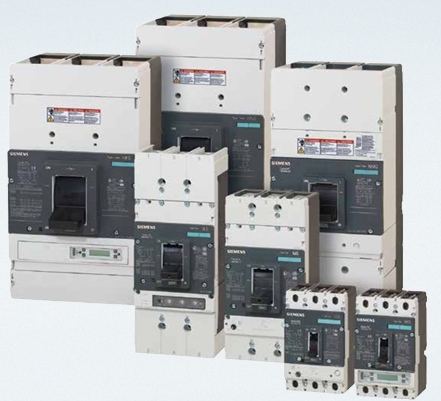GE IS200AEPGG1AAA is a high-performance drive control module launched by General Electric (GE), belonging to the Mark VIe control system series, designed specifically for motor drive and process control scenarios in the industrial automation field. With stable control performance, flexible configuration, and strong compatibility, this module is widely used in key industrial fields such as power, petrochemicals, metallurgy, and papermaking, providing precise and reliable control cores for motor drive systems in complex production processes
GE IS200AEPGG1AAA Drive Control Module
GE IS200AEPGG1AAA is a high-performance drive control module launched by General Electric (GE), belonging to the Mark VIe control system series, designed specifically for motor drive and process control scenarios in the industrial automation field. With stable control performance, flexible configuration, and strong compatibility, this module is widely used in key industrial fields such as power, petrochemicals, metallurgy, and papermaking, providing precise and reliable control cores for motor drive systems in complex production processes
Module core positioning and advantages
As an important component of the Mark VIe control system, the core function of the IS200AEPGG1AAA module is to achieve real-time control and status monitoring of the motor drive unit. Its core advantages are reflected in the following three aspects:
-High reliability: Adopting industrial grade hardware design standards, it has the characteristics of wide temperature operation, anti electromagnetic interference (EMI), anti vibration, etc., and can adapt to harsh operating environments in industrial sites. The mean time between failures (MTBF) reaches the industry-leading level, ensuring the continuous stability of the production process.
-Precision control capability: Integrating advanced control algorithms, supporting closed-loop control of speed, torque, and position for various types of motors such as AC asynchronous motors and synchronous motors, with a control accuracy of up to 0.1%, meeting the requirements of high-precision production processes.
-Strong system compatibility: Seamless compatibility with other modules of the GE Mark VIe control system (such as I/O modules, communication modules, power modules, etc.), supporting multiple industrial communication protocols, can quickly integrate into existing automation systems, and reduce system upgrade and integration costs.
Core Function Analysis
The IS200AEPGG1AAA module achieves functional coverage of the entire drive control process through the collaborative design of hardware circuits and embedded software. The core functions include the following categories:
1. Motor drive control function
The module is equipped with high-performance microprocessors and dedicated driver control chips, supporting multiple control mode switching to adapt to different application scenarios
-Speed control mode: Receive external speed commands (such as 4-20mA analog signals, pulse signals, or bus commands), control the motor speed to stabilize at the target value through PID adjustment algorithm, and can cope with speed deviation caused by load fluctuations. The dynamic response time is less than 10ms.
-Torque control mode: Based on production process requirements, the motor output torque is accurately controlled, suitable for equipment such as coilers and extruders that require high torque accuracy. The torque control error is less than 2%.
-Position control mode: By receiving pulse commands or absolute encoder signals, the motor is controlled to run to a specified position, supporting multiple position control methods such as jog and continuous operation, with a positioning accuracy of up to 0.01 ° (in conjunction with high-precision encoders).
2. Status monitoring and fault diagnosis
The module has a comprehensive status monitoring and fault protection mechanism, which can real-time collect key parameters of the motor and the module itself, and respond quickly in case of faults, ensuring equipment safety:
-Real time parameter collection: including motor current, voltage, speed, torque, temperature, as well as module internal temperature, power supply voltage and other parameters. The sampling frequency can reach up to 1kHz to ensure the real-time monitoring of parameters.
-Fault diagnosis function: It can identify various common faults such as overcurrent, overvoltage, undervoltage, overload, motor stalling, module overheating, and encoder faults. Through a dual mechanism of hardware interruption and software alarm, it immediately triggers protective actions (such as shutdown and alarm output) when a fault occurs, and records the fault code and parameter snapshot at the time of the fault occurrence for later fault diagnosis.
-Alarm output: Equipped with 2 relay alarm output interfaces, it can connect indicator lights, buzzers and other alarm devices, and upload fault information to the control system upper computer through the communication bus to achieve centralized monitoring of fault information.
3. Communication and data interaction functions
To achieve collaborative work with other devices in the control system, the module supports multiple industrial communication methods to ensure efficient and stable data transmission:
-Internal communication: High speed data exchange is achieved through GE's dedicated backplane bus with Mark VIe control system controllers, I/O modules, and other devices. The bus transmission rate can reach 100Mbps, and the data delay is less than 1ms, ensuring real-time transmission of control instructions and feedback signals.
-External Communication: Supports mainstream industrial Ethernet protocols such as Modbus, Profinet, EtherNet/IP, equipped with one RJ45 Ethernet interface, which can communicate with external devices such as upper computer, HMI (human-machine interaction interface), PLC, etc., to achieve control command issuance, parameter uploading, and remote monitoring.
4. Flexible configuration and extended functionality
The module supports parameter configuration and functional expansion through software tools to meet personalized needs in different scenarios
-Parameter configuration: Through GE's dedicated Control ST software, the control parameters (such as PID parameters, speed limit, torque limit, etc.) and communication parameters (such as IP address, protocol type, etc.) of the module can be configured and modified, supporting parameter saving and batch downloading to improve debugging efficiency.
-Function expansion: Reserve expansion interfaces, which can be used to connect encoder modules, analog input/output modules, etc. according to requirements. Expand the coverage of module functions and adapt to more complex control scenarios.
Key technical parameters
Rated input voltage
24V DC ±10%
Maximum input current
5A
control performance
Support motor types
AC asynchronous motor, AC synchronous motor
Speed control range
0-3000rpm (expandable to 6000rpm)
control accuracy
Speed accuracy ± 0.1%, torque accuracy ± 2%
Communication parameters
Internal bus
GE Mark VIe Backplane Bus, 100Mbps
External communication interface
1 RJ45 Ethernet cable
Supported Protocols
Modbus、Profinet、EtherNet/IP
environmental parameters
Working temperature range
-10℃ - 60℃
relative humidity
5% -95% (no condensation)
physical parameters
Dimensions (length x width x height)
150mm × 80mm × 200mm (standard rack installation)
Applicable scenarios and typical applications
Based on its stable control performance and flexible configuration capability, the IS200AEPGG1AAA module is widely used in multiple industrial fields, with typical scenarios including:
1. Power industry
In the auxiliary control system of thermal power plants and hydropower stations, it is used to control the motor drive of key auxiliary equipment such as feed pumps, induced draft fans, and supply fans. The module can accurately control the motor speed, adjust the output of auxiliary equipment according to the load demand of the unit, and achieve energy-saving operation; At the same time, by monitoring the motor status in real time, early warning of equipment failures can be provided to ensure the safe and stable operation of the generator set. For example, in the control of feedwater pumps in thermal power plants, the module receives instructions from the boiler water level control system, adjusts the speed of the feedwater pump, ensures that the boiler water level is stable within the set range, and the control accuracy can reach ± 5mm.
2. Petrochemical industry
In production processes such as petroleum refining and chemical reactions, motor drives are used to control equipment such as compressors, pumps, and mixers. In response to the characteristics of large load fluctuations and strict process parameter requirements in chemical production, the module ensures that the motor can maintain stable speed or torque output even when the load changes through its fast dynamic response capability, ensuring the continuity of the production process. For example, in the agitator control of chemical reaction vessels, the module adjusts the agitation speed according to the reaction process requirements to ensure uniform and sufficient reaction and improve product quality.
3. Metallurgical industry
In the process of steel and non-ferrous metal smelting, it is used to control the motor drive of equipment such as rolling mills, coilers, and conveyor rollers. The high-precision position control and torque control functions of the module can meet the strict requirements for key parameters such as plate thickness and winding tension in metallurgical production. For example, in the control of a steel plate rolling mill, the module precisely controls the speed and position of the rolling mill motor to achieve precise adjustment of the steel plate thickness, and the thickness error can be controlled within ± 0.02mm.
4. Paper industry
Used to control the motor drive of the rollers in various parts of the paper machine, such as the web section, pressing section, and drying section, in papermaking production. The module uses multi motor collaborative control function (in conjunction with Mark VIe control system) to ensure synchronous speed between each roller, avoiding problems such as paper stretching and breakage. Meanwhile, the fault diagnosis function of the module can promptly detect equipment abnormalities, reduce downtime, and improve production efficiency.
Installation and usage precautions
To ensure the stable operation and service life of the IS200AEPGG1AAA module, the following precautions should be taken during installation, debugging, and use:
1. Installation specifications
-The module adopts a standard rack installation method, and during installation, it is necessary to ensure that the rack is flat and firm to avoid vibration affecting the operation of the module; At least 10mm of heat dissipation gap should be reserved between modules to ensure good heat dissipation.
-The installation environment should be kept away from pollutants such as dust, oil, and corrosive gases to avoid corrosion of the internal circuits of the module; At the same time, direct sunlight should be avoided to prevent the module from overheating.
-When wiring, it is necessary to strictly follow the module wiring manual, distinguish between power terminals, signal terminals, and communication terminals, and avoid module damage caused by wrong connections; After the wiring is completed, it is necessary to tighten the terminal screws to prevent poor contact from causing faults.
2. Key debugging points
-Before debugging, it is necessary to check whether the module power supply voltage meets the requirements to ensure stable power supply; At the same time, check whether the communication line connection is normal to avoid communication failures affecting parameter configuration and control command transmission.
-When using Control ST software for parameter configuration, control parameters (such as PID parameters, speed limits, etc.) should be set according to the actual situation of the motor model, load characteristics, etc., to avoid unstable control caused by improper parameter settings; After the parameter configuration is completed, it needs to be saved to prevent loss due to power failure.
-During the debugging process, no-load testing and load testing should be conducted: during the no-load testing, check the stability of the motor speed and the module status monitoring function; Verify the dynamic response capability and fault protection function of the module during load testing to ensure compliance with production requirements.
3. Daily maintenance
-Regularly (recommended once a month) inspect the appearance of the module, clean the dust and debris on the surface of the module, check whether the wiring terminals are loose or oxidized, and promptly tighten or remove rust.
-Regularly check module operating parameters and fault records through the upper computer or Control ST software, analyze equipment operating status, and identify potential fault hazards in advance.
-Avoid frequent starting and stopping of modules to prevent damage to internal circuits due to surge currents; If a module needs to be replaced, the power supply must be cut off first to ensure safe operation.

- User name Member Level Quantity Specification Purchase Date
- Satisfaction :
-









Email:wang@kongjiangauto.com

